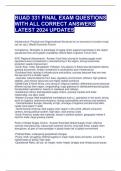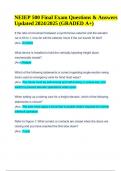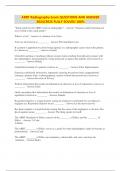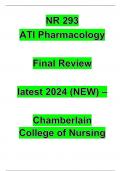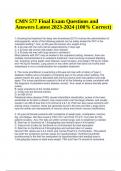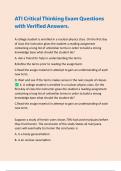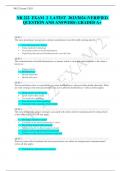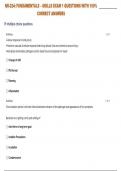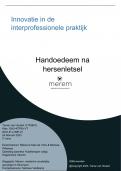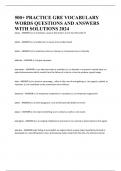Exam (elaborations)
BUAD 331 FINAL EXAM QUESTIONS WITH ALL CORRECT ANSWERS LATEST 2024 UPDATES
- Course
- Institution
BUAD 331 FINAL EXAM QUESTIONS WITH ALL CORRECT ANSWERS LATEST 2024 UPDATES Infrastructure- Physical and Organizational Structures for an economy to function (road, rail, air, etc.) (World Economic Forum( Competency- Strengths or advantage of supply chain support businesses in the region (goo...
[Show more]
